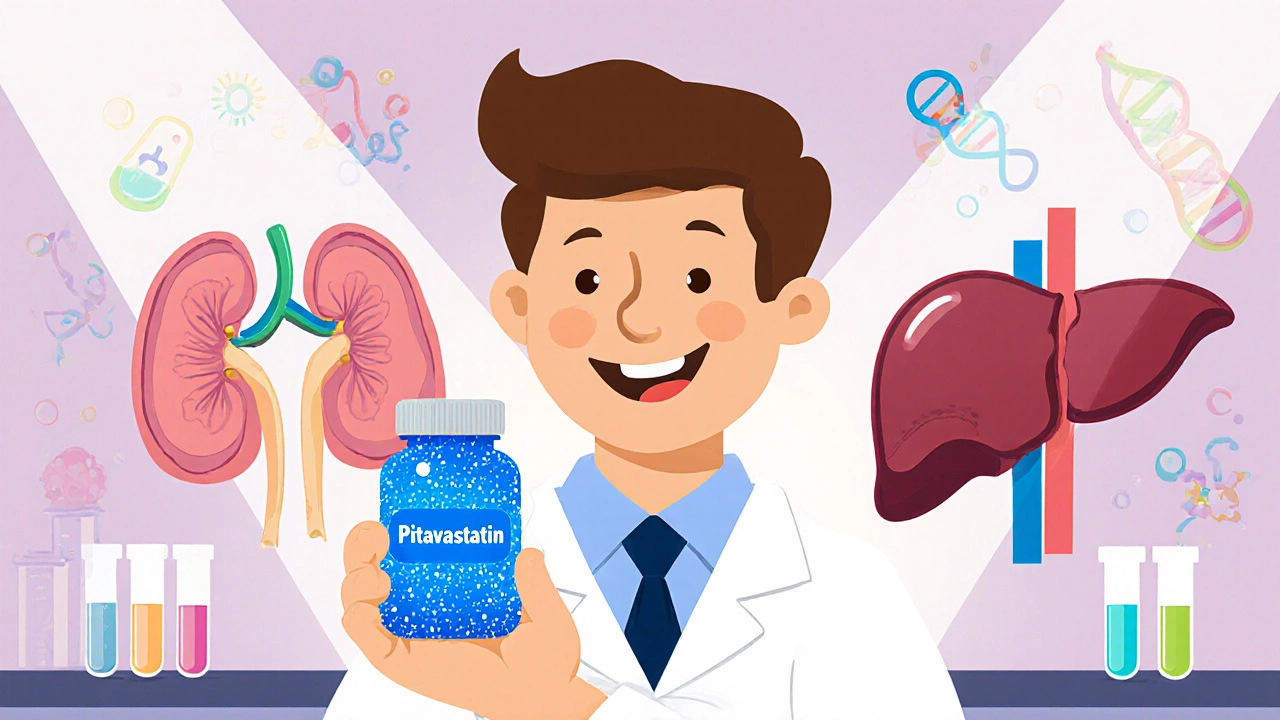LDL Cholesterol: What It Is and Why It Matters
When talking about LDL cholesterol, the low‑density lipoprotein that carries cholesterol through the bloodstream and tends to build up in artery walls. Also known as "bad cholesterol," it LDL‑C is a primary driver of atherosclerosis, the process that narrows arteries and can lead to heart attacks or strokes. Understanding LDL cholesterol starts with the lipid panel, a simple blood test that measures total cholesterol, HDL (the good kind), and the LDL fraction. Statins, a class of prescription drugs that inhibit the enzyme HMG‑CoA reductase to lower LDL levels are the most common medical tool for reducing those numbers, but they’re not the only option. Lifestyle changes, especially diet, play a big role: cutting saturated fats, adding soluble fiber, and choosing plant‑based proteins can cut LDL by 5‑10% without a script. Diet, the daily pattern of food choices that influences blood lipids, inflammation, and overall heart health is the first line of defense, and it works hand‑in‑hand with exercise, weight control, and smoking cessation. Together, these measures lower the cardiovascular risk, the probability of heart disease events based on factors like LDL, blood pressure, and family history, keeping arteries clear and the heart pumping efficiently. LDL cholesterol isn’t a destiny; it’s a target you can move by knowing the numbers, using the right meds, and making everyday food choices that support a healthier bloodstream.
Practical Steps to Monitor and Lower Your LDL
First, get a baseline lipid panel and repeat it every six to twelve months if you have risk factors such as a family history of heart disease, diabetes, or high blood pressure. The results tell you whether you need a medication like a statin, a newer option such as PCSK9 inhibitors, or simply a stricter diet plan. If a doctor prescribes a statin, the usual starting dose can lower LDL by 30‑50%; however, side effects like muscle aches may prompt a switch to another lipid‑lowering drug, as highlighted in several medication comparison guides on our site. For those who prefer non‑drug routes, incorporating foods rich in omega‑3 fatty acids, plant sterols, and soluble fiber (think oats, beans, and nuts) can shrink LDL particle size, making them less likely to clog arteries. Regular physical activity—at least 150 minutes of moderate cardio a week—boosts HDL (the good cholesterol) and helps the body process LDL more efficiently. If you’re already on medication, keep track of any side effects and discuss dosage adjustments with your clinician; many patients find a balance that minimizes LDL while keeping them comfortable. Finally, stay informed: our collection of articles dives deep into specific drugs, dietary patterns, and lifestyle tweaks that target LDL cholesterol, giving you evidence‑based options to tailor a plan that fits your life. By combining routine monitoring, smart food choices, and the right therapeutic support, you set yourself up for a lower LDL score and a healthier heart.
Below you’ll find a curated list of articles that break down each of these strategies, compare popular cholesterol‑lowering meds, and offer practical tips you can start using today.

